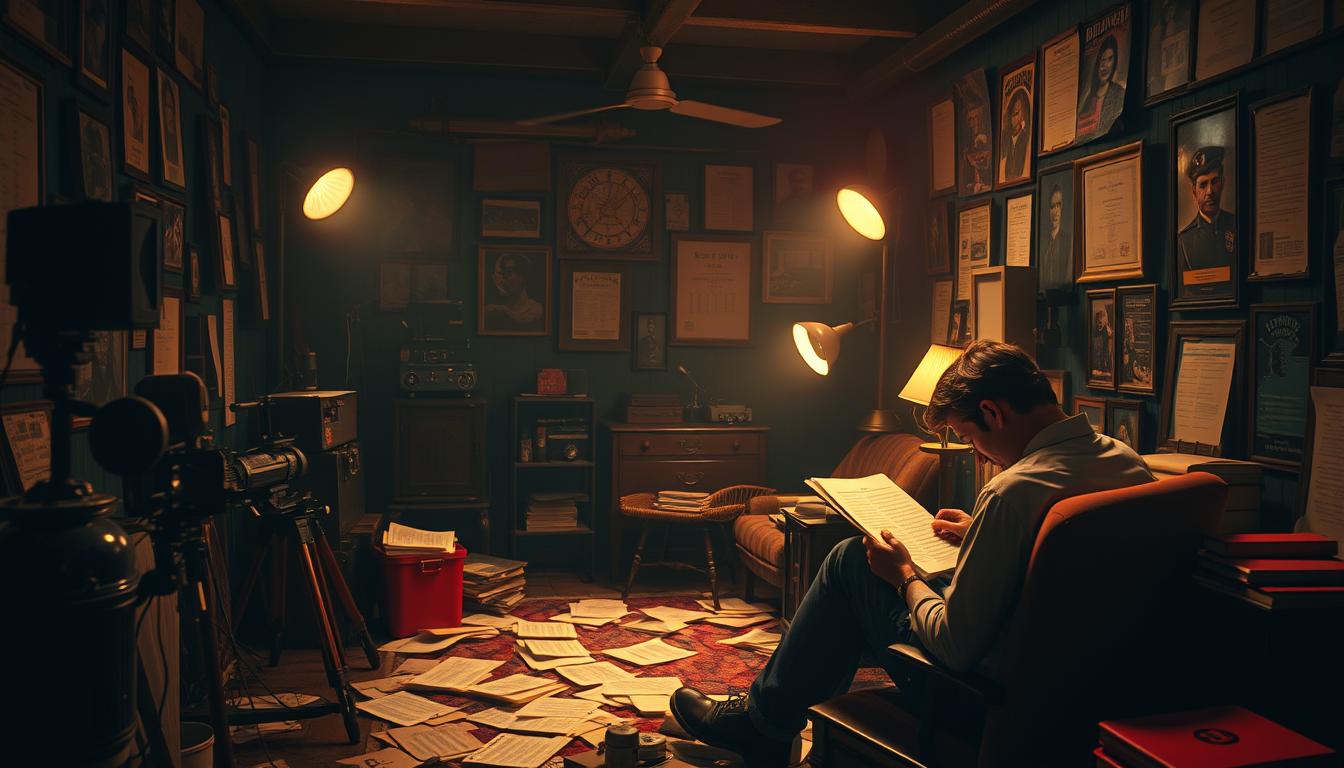
The Not-So-Mysterious World of Screenwriting Format
So, you’ve decided to dip your quill into the swirling vortex of screenwriting. Congratulations! You’re about to enter a world where the mighty pen (or more realistically, the clattering keyboard) can translate your wild, caffeine-fueled brain waves into potential cinematic gold. But before you start envisioning your glamorous Oscar acceptance speech, let’s get down to the nitty-gritty, shall we? Screenwriting format isn’t just a suggestion—it’s like the secret handshake into the club of professional screenwriters. Let’s crack the code together!
Why Format Even Matters
If you’re wondering why you can’t just write your movie script like a novel, well, you’re in for a bit of a shock. Screenplays aren’t just stories; they’re meticulously crafted blueprints for films. Every margin, indent, and scene heading communicates specific information to the directors, actors, and, importantly, that overworked and under-caffeinated script reader who decides if your script is the next big thing or destined for the recycle bin. Stick to the format, champ, or prepare for oblivion.
The Basic Elements of Screenplay Format
Imagine screenwriting format is like a recipe. Miss one ingredient and your cake (or in this case, script) flops. Here’s what you’ll need in your pantry:
1. Scene Headings (a.k.a. Sluglines)
These bad boys are your bread and butter. They tell us where and when the action is happening. Formatted in all caps, a typical scene heading will look something like this: INT. KITCHEN – NIGHT. That’s interior, the kitchen, at night. Simple, right? Believe me, someone out there is already setting up the lights just from reading that.
2. Action (a.k.a. Scene Description)
This is where you describe what’s happening on screen. Keep it concise, potent, and visually compelling. No need to delve into what your character is thinking—this isn’t a therapy session. If the protagonist slams a door, make us feel the slam with your words, but you can leave out the part about his childhood fear of closed spaces.
3. Character Name
When a character is introduced for the first time, write their name in CAPS. After that, whenever they’re about to speak, their name appears above their dialogue in the center of the page, still in caps, still commanding attention like a diva in spotlight.
4. Dialogue
Directly under the character name, you’ll write what they say. Easy peasy. No quotation marks necessary. This is not a novel, remember? We’re trying to make people talk on screen, not in the reader’s head.
5. Parentheticals
Sometimes you need to clarify how something should be said or done. Enter parentheticals, those little directions you place right below the character’s name, snugly nestled between the dialogue lines. Use them sparingly, though, or you’ll start directing the actors through text, which can make real directors a tad grumpy.
6. Transitions
Once in a blue moon, you might need a transition. FADE IN and FADE OUT are popular ones. Typically right-aligned, these help suggest how scenes should…well, transition. But use them like a strong spice—too much and you’ll spoil the dish.
Parting Shot
Writing a script in proper format is a bit like putting together a piece of IKEA furniture. Follow the manual, and you end up with a nice dresser (or a blockbuster screenplay). Try winging it, and you might get something lopsided that looks like it belongs in a modern art museum rather than a movie theater. Stick to the screenplay format, unleash your creative beast within the confines of Courier New 12-point font, and let’s get that screenplay from the depths of your noggin onto a silver screen near you!






